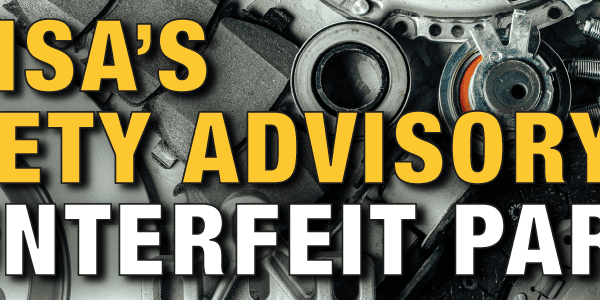Top 5 Questions from the Regulatory Helpdesk
Welcome back to the Regulatory Helpdesk where we answer your dangerous goods & hazmat questions. Here are some highlights from our helpdesk last week. Check back weekly, the helpdesk rarely hears the same question twice.
#5. Shipping Toxic Aerosols as a Limited Quantity by Sea (International)
- Q. A customer wanted to know if shipping a toxic substance in an aerosol can be shipped as a limited quantity at 20 ounces per can as an inner package by sea? Also, the customer wanted to know what the limited quantity amount would be for UN1993 packing group III when shipping by sea.
- A. I referred the customer to SP277 in the IMDG Code, which states “for aerosols or receptacles containing toxic substances, the limited quantity value is 120 ML”. In this case the customer can’t ship 20 ounces of a toxic substance in an aerosol can because this exceeds 120 ML. The limited quantity amount for UN1993 packing group III is 5L per the IMDG Code.
#4. Shipping Methyl Methacrylate (USA)
- Q. I have a 2.5 liter metal container of UN1247, PG II, Methyl Methacrylate. The container is properly factory sealed. The container is then in its own “outer” box (but again, we don’t really look at that box). It’s like how cough medicine is in a bottle, but that bottle is then in an “outer” box on the store shelf. How do I ship this via ground under 49 CFR? Where do I look?
- A. For shipping by ground, you need to look at 173.150, and then at the limited quantity exemptions. It says that for PG II, you can ship 1 liter of the product per inner container. The total gross weight cannot be more than 30 kg. You can put as many 1 liter bottles as you wish, until you meet the gross weight restriction. You do not need a UN box, but the box does have to be a “strong outer packaging”, that is capable of meeting a 1.2m drop test and stack test. If you choose, you can use a UN box, since it does meet that requirement, but cover up the UN markings to avoid confusion. If you cannot separate the product into smaller containers, you will need to ship it fully regulated, in UN packaging with a flammable liquid label.
#3. Do I need to display orientation arrows?
- Q. Customer asked about need for orientation arrows on drums/equipment (e.g., UN3082) shipped by ground.
- A. Reviewed requirements for air/ocean/49CFR regarding combination or vented packages – not mandated by current TDGR for ground.
#2. When does a placard require UN numbers?
- Q. Customer called with questions around why his placards were required to have the numbers “3190” on them.
- A. We discussed how he has 55-gallon drums filled with UN3190, which is Self-heating Solid, Inorganic, n.o.s. Each drum weighs 600 pounds. I verified that he has a technical name as required by the G in column 1 and it is cobalt, nickel, and manganese mud. He then got confused because he thought the G was for RQs. So we discussed the RQ table and used the percentages from his SDS. The only RQ substance was nickel, but with 600 pound drums and it only being present at 5% it does not qualify for an RQ. Then we had to discuss Section 172.301(a)(3). This section tells the shipper that a UN number is needed on all 4 sides of his transport vehicle when you have a gross aggregate weight of 8820 pounds. He will meet this by placing 68 drums in a truck since he will have 40,800 pounds. So, not only does he need a placard because he is over the 1001 pound limit of Table 2 for a 4.2 material, but 172.301 says a UN number is also required. This is the reason he ordered the placards WITH the numbers on it. So rather than use a blank 4.2 placard and then an additional orange rectangle with the UN number what he purchased from us satisfies the requirement.
#1. Returning Dangerous Goods – Shipping Papers
- Q. Our caller asked about shipping paper protocol for returning a partial IBC from a customer. Customer A fills an IBC, transports to customer B and offloads – but, sometimes Customer B doesn’t have enough room for all of the product. A partial IBC (could be half-full) gets returned to Customer A for weighing/billing.
- A. Reviewed TDGR 3.5(1)(d) & (5). Also 3.5(1) only requires Consignor ID on document – 3.5(1)(a). Since volume (net or gross) is acceptable, the driver could measure from outside & estimate volume remaining – and, modify “consignee” to indicate retention by consignor to comply with the above using what would be the retained consignor/carrier copy for the return trip. Ideally, in a documented procedure.






 ICC USA
ICC USA ICC Canada
ICC Canada